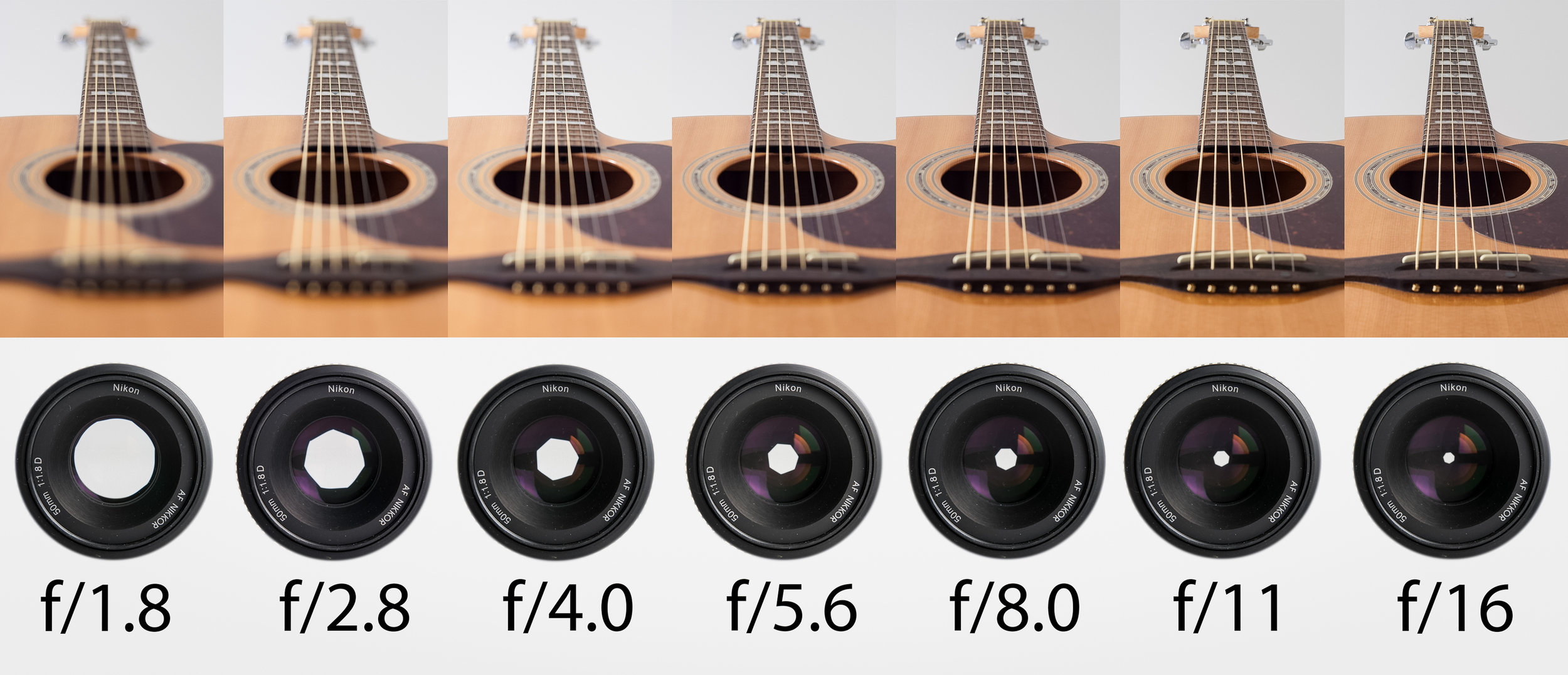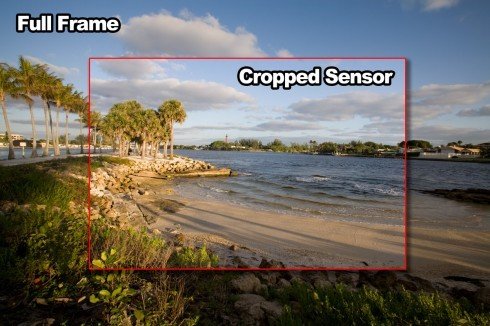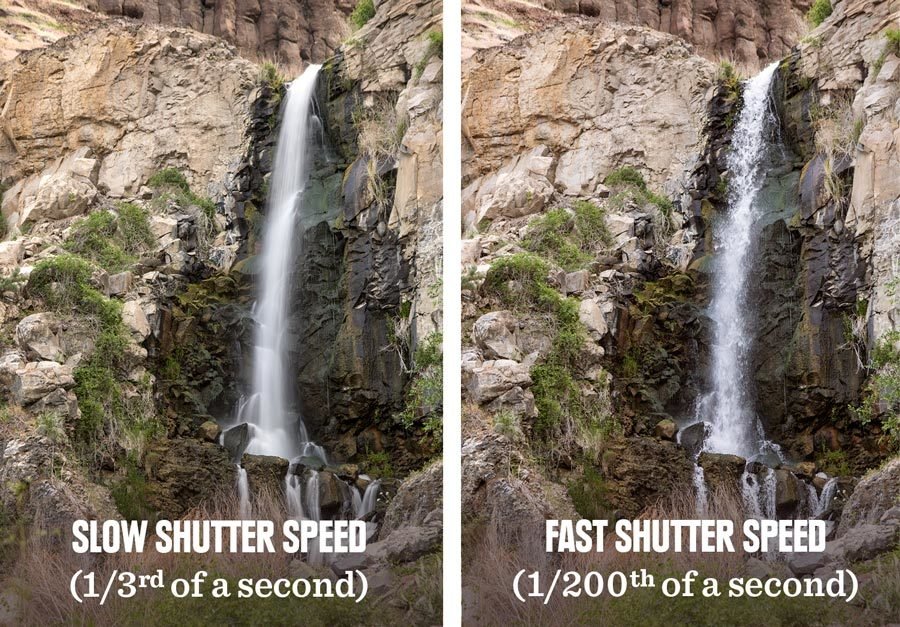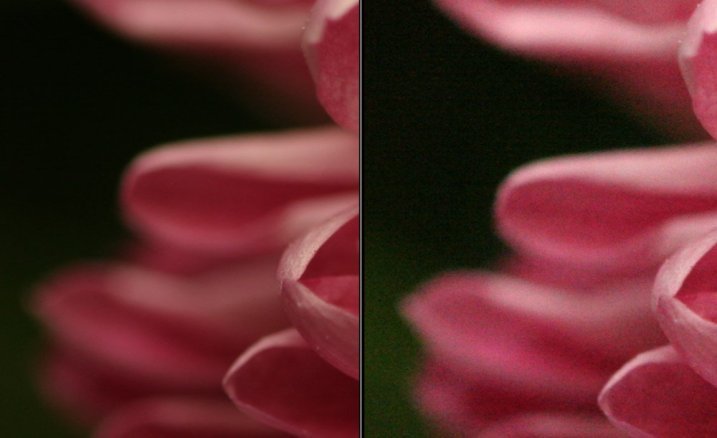Some basics in photography
Types of Cameras
1. Smart Phone Cameras
2. Compact - Canon PowerShots, Sony RX 100II
3. DSLR - Canon 80D, Nikon d3200
Main difference
1. Smart phone and Compact Cameras produces software created/enhanced pictures eg: Portrait modes in Smart Phones.
2. DSLRs cameras produces images by using optics principles
Image sensor difference - here
Pros & Cons
| Pros | Cons |
|---|---|
| Light weight, easy to use, Cost efficient | No High Quality images, Cannot produce professional photos |
| Pros | Cons |
|---|---|
| 1. Good Quality of Photos 2. More possibilities to enhance photos using photoshop, lightroom 3. Changeable lenses 4. External flash |
1. Heavy to carry 2. Expensive |
Smart Phone & Compact Cameras
DSLRs
Some Important Concepts
Depth of field

Depth of field is the distance between the nearest and the furthest objects that are in acceptably sharp focus in an image.
Aperture
- Aperture is the size of the hole in the diaphragm that allows light into the camera .
- The larger the hole, the more light that enters the camera in a given time.
- Aperture values (Av) are measured using f-s tops , shown as f /# (i.e. f /16).

- The Av controls the amount of depth of field in an image.
- The wider the aperture, the more shallow the depth of field, and vice versa


Shutter speed
In photography, a shutter is a device that allows light to pass for a determined period, exposing photographic film or a photosensitive digital sensor to light in order to capture a permanent image of a scene
- Controls the time the shutter or curtain is open.
- Shutter speed is measured in fractions of seconds.
- Depending on the camera, it may show the shutter speed without the numerator, i.e. 250 instead of 1/250.
- A fast shutter speed freezes the action of an image Conversely, a slow shutter speed blurs the action of an image.



Possibilities when using shutter speed, iso and aperture
ISO
1. ISO measures the sensitivity of the image sensor.
2. The lower the number, the less sensitive your camera is to light and the finer the grain.
3. Higher numbers mean your sensor becomes more sensitive to light which allows you to use your camera in darker situations. but then it will create some grains
4. 100 ISO is generally accepted as a ‘normal’ or ‘standard’ ISO and will give you lovely crisp shots (with little to no noise/grain).

The one on the left is taken at 100 ISO and the one of the right at 3200 ISO.
Final tip
There are no rules in photography
Copy of Copy of Some basics
By Gulshan Nadaph
Copy of Copy of Some basics
- 884



